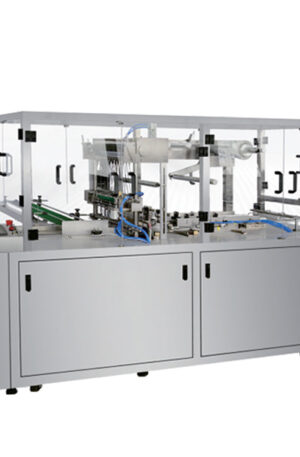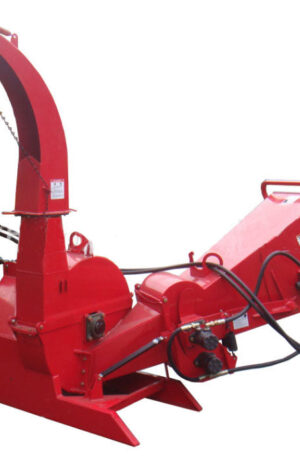Title: The Role of Pharmaceutical Machinery in Modern Medicine Manufacturing
In the rapidly evolving landscape of modern medicine manufacturing, pharmaceutical machinery plays a pivotal role in ensuring the efficient production of high-quality medications. Among the key machines used in pharmaceutical manufacturing processes are the table press machine, capsule filling machine, and TDP/THDP machines.
Tablet press machines are essential in the process of compressing powdered ingredients into solid tablets. These machines come in various types and capabilities, ranging from single-punch machines suitable for small-scale production to high-speed rotary tablet presses used in large-scale pharmaceutical manufacturing facilities. The tablet press machine operates by filling the die cavity with the powdered mix and then compressing it under high pressure to form the desired tablet shape and size.
On the other hand, capsule filling machines are used to encapsulate powdered or liquid medications into gelatin or vegetarian capsules. These machines automate the process of filling, closing, and ejecting capsules, significantly increasing efficiency and accuracy in the production process. Capsule filling machines are available in different configurations, including manual, semi-automatic, and fully automatic machines, each catering to different production capacities and requirements.
TDP (Tablet Pressing Machine) and THDP (Double Rotary Tablet Press) machines are specialized equipment used for high-speed tablet production. TDP machines are single-punch presses ideal for small to medium batch production, while THDP machines feature a double rotary design that allows for faster production speeds and higher output capacities. These machines are equipped with advanced features such as pre-compression, main compression, and ejection systems to ensure precise tablet formation and consistent quality.
In conclusion, pharmaceutical machinery such as the table press machine, capsule filling machine, and TDP/THDP machines play a crucial role in the modern medicine manufacturing industry. These machines not only improve production efficiency and accuracy but also contribute to the delivery of safe and effective medications to patients worldwide. As technology continues to advance, pharmaceutical machinery will continue to evolve, driving innovation and quality in medicine manufacturing.
This article explores the fundamental role of pharmaceutical machinery in modern medicine manufacturing, highlighting the functions and importance of key machines such as table press machines, capsule filling machines, and TDP/THDP machines. As pharmaceutical manufacturing processes become increasingly complex and demanding, the reliance on advanced machinery to streamline production and ensure product quality is more critical than ever.





